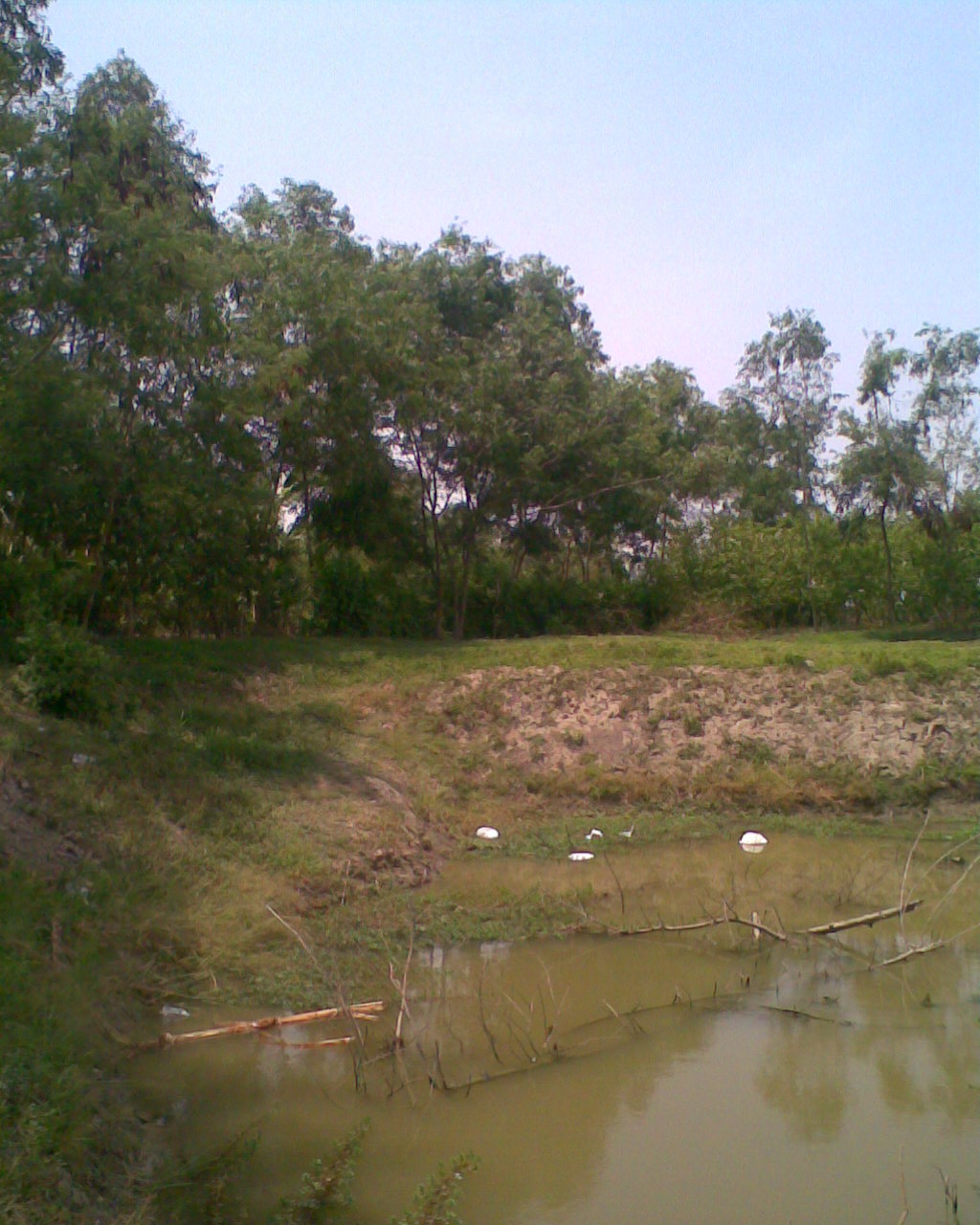
Mauza wise or village wise water conservation is hydrologically proved to be the most beneficial method for conserving rainwater as excess surface run-off from an area or watershed.
https://water-soil.org/hydrological-balance-planning-irrigation-coastal-areas
This method of rainwater conservation is very much useful where annual rainfall is sufficient enough to fill the dugouts. Natural low depression points are generally selected for dug out ponds. Soil characteristics, depth to water table during driest month and natural slope percent of topography are most important three site-specific factors to be considered for excavating a farm pond.
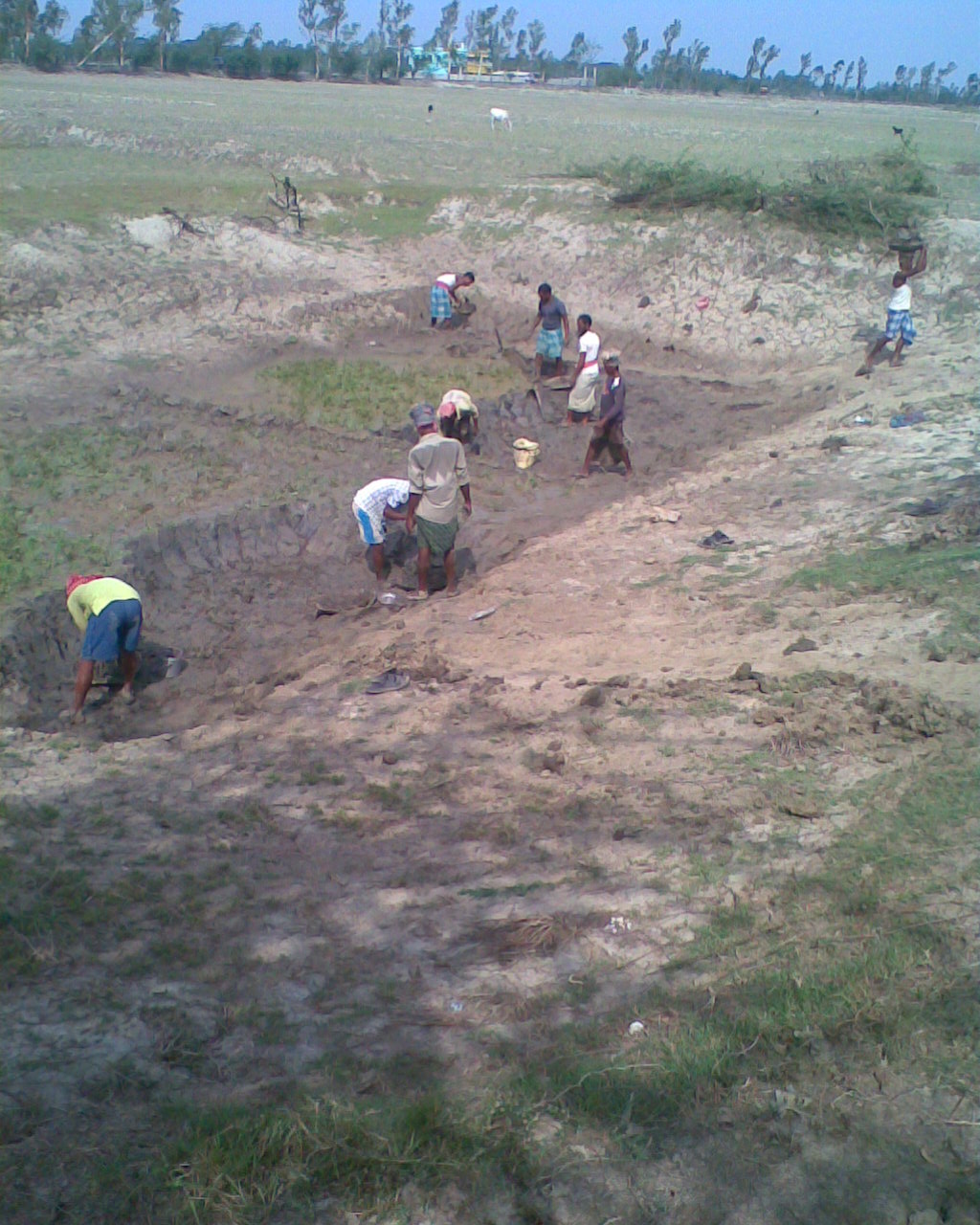

Dug out ponds are generally found to be farmers’ practice on a flat terrain in the coastal areas of the Gangetic delta including in its islands in the districts of Purba Medinipur, South & North 24 Parganas and Howrah in West Bengal, India.
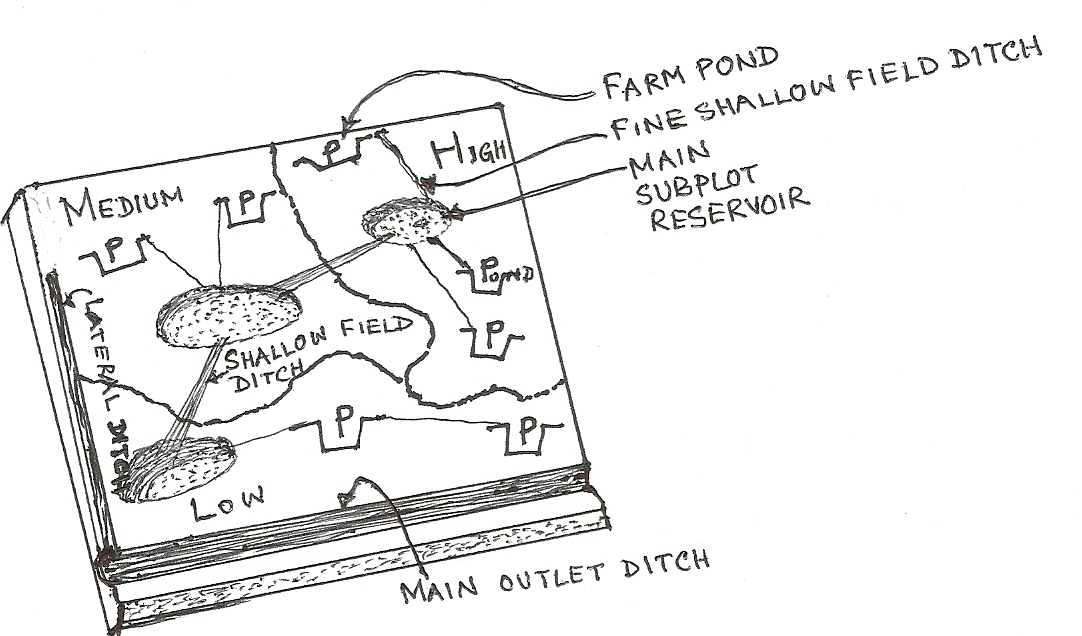
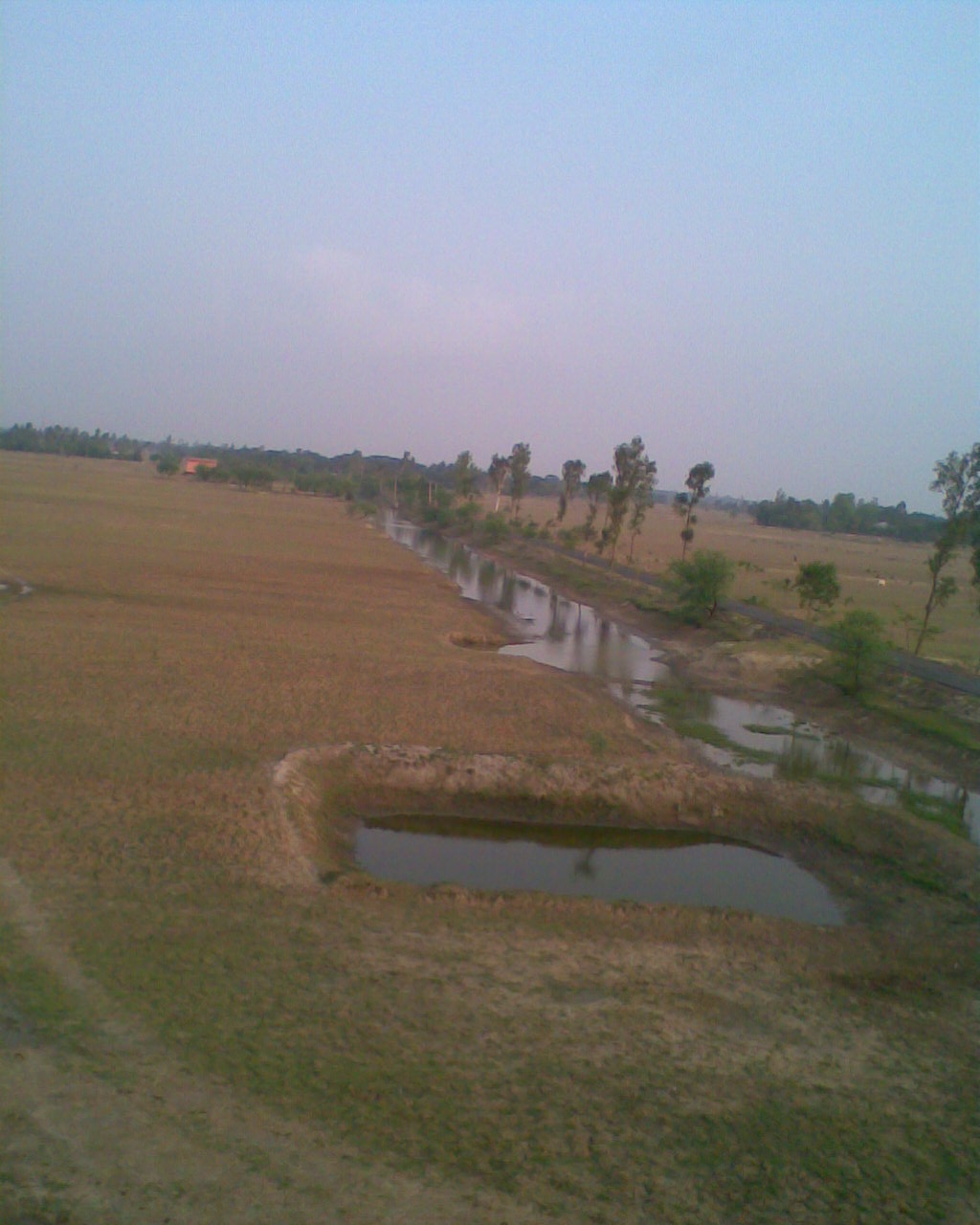
This needs systematic mauza wise site-specific plan to be materialized for successfully conserving and utilizing excess rainwater. For this purpose the whole mauza is to be subdivided in to relatively high (H), medium (M) and low (L) lands. At least one fifth (i.e. 20 per cent) of each land part is to be covered with ponds, main subplot reservoir and interconnecting fine, shallow or lateral ditches to obtain maximum conservation of rainfall vis-à-vis maintenance of all rainwater harvesting structures and cultivating crops in the dry seasons.
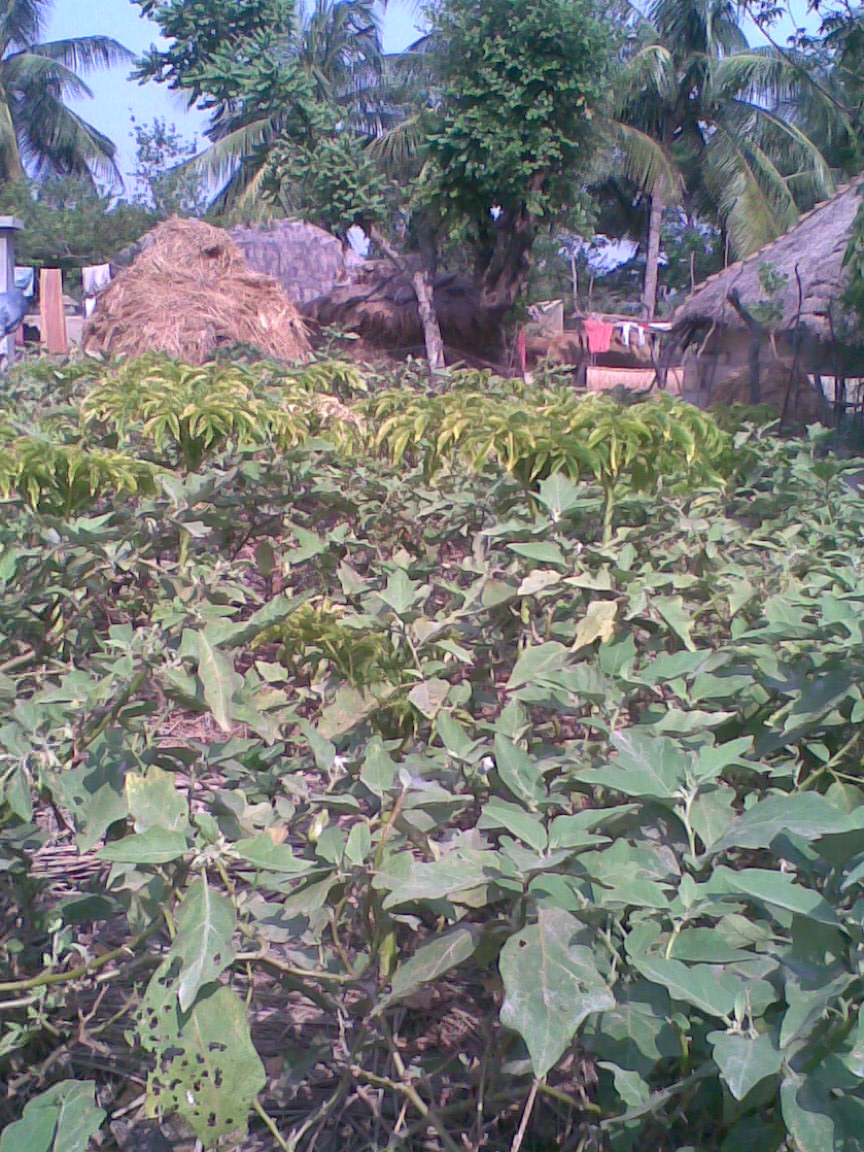
From such quantum of conserved rainwater at least three crops in the dry periods may be cultivated in the coastal mauzas in West Bengal, India.
Reference:
A popular article written in Bengali:
Panda, S. (1997). Mauza wise water conservation. Chaser Katha (a Bengali magazine). Year 2, No. 1, 1997. Calcutta.
Panda S 1997 Mauza wise Water Conservation
